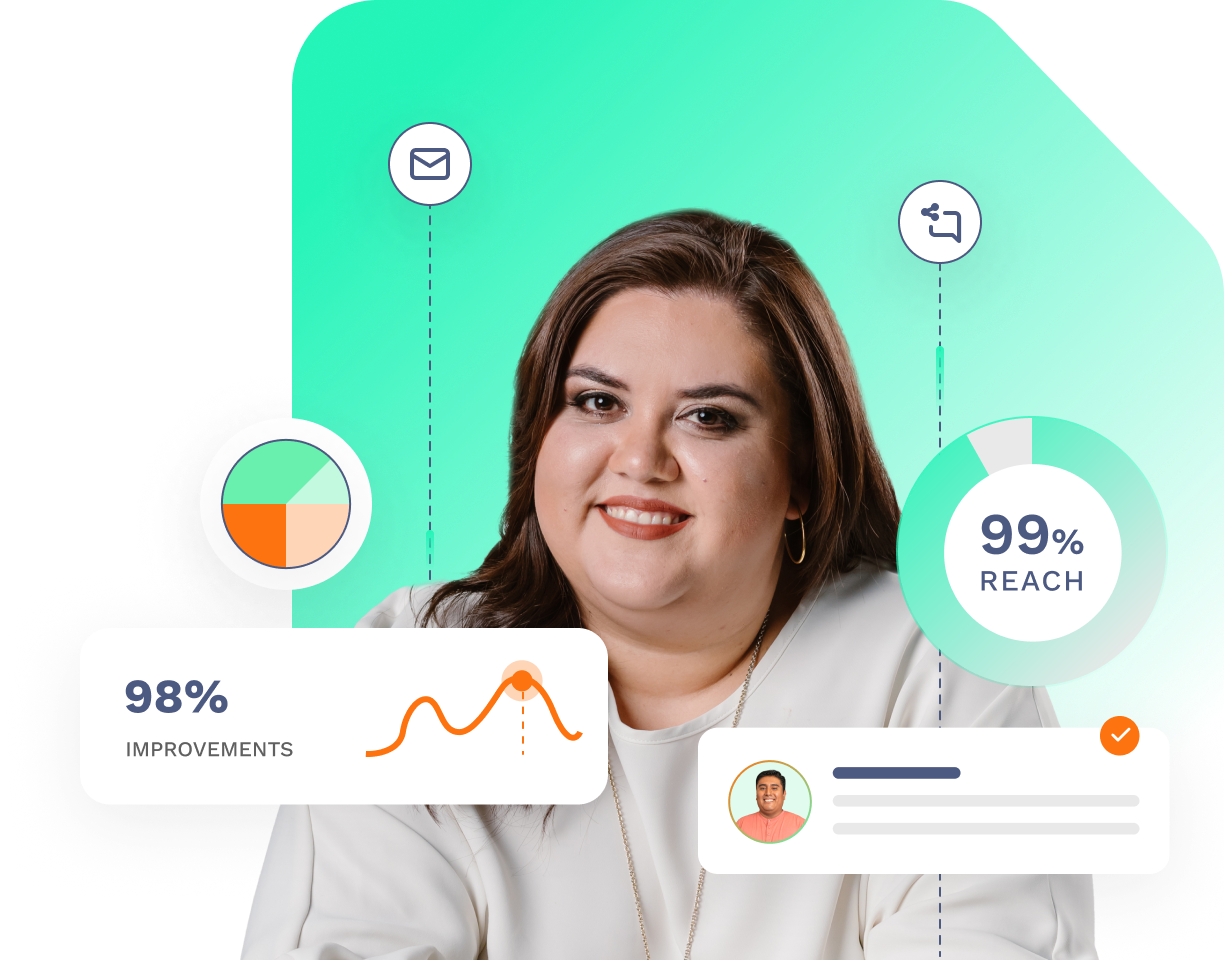HubSpot
CRM for Education: How It Improves Student and Admissions Management

Lourdes Calderón
Lourdes Calderón | Oct 24, 2025 | 4 MIN READ
Oct 24, 2025 4 MIN READ

The education sector is undergoing an unprecedented digital transformation. Students expect personalized experiences, institutions are competing to attract more applicants, and admissions and marketing teams must handle an enormous amount of information on a daily basis.
In this context, a CRM for education becomes a key tool to centralize data, improve communication and increase administrative efficiency.
As a HubSpot partner, we have seen firsthand how this platform can adapt to the needs of the education sector: from attracting new students to retaining and engaging alumni.
What is a CRM for education?
A CRM (Customer Relationship Management) is a system designed to manage all interactions with your contacts. In education, this includes:- Prospects and applicants: those who show interest in your institution.
- Active students: those whom you accompany during their academic experience.
- Alumni and donors: relationships you want to maintain in the long term.
The big difference between an educational CRM and a generic one is that it adapts to the entire student lifecycle. HubSpot, for example, allows you to create custom objects such as Courses, Programs, Enrollments or Donations, which makes it easy to represent the reality of a university or college within the system.
Instead of having data scattered in spreadsheets or different software, everything is centralized in a single platform.
Challenges faced by educational institutions
Before talking about benefits, it is worth recognizing the most common challenges in student and admissions management:
-
Inconsistent applicant follow-up: many interested parties do not receive timely responses.
-
Fragmented data: marketing, admissions and administration work with different systems.
-
Manual processes: team spends hours on repetitive tasks (sending reminders, updating statuses).
-
Lack of personalization: messages to students are often generic.
-
Low visibility: it is difficult to know how many leads are converted into enrollees or which actions generate the best results.
Without a robust system, valuable opportunities for conversion and improvement are lost.
How does an educational CRM help overcome these challenges?
In admissions
With HubSpot you can design an admissions pipeline that reflects each stage: application, interview, acceptance, enrollment.
-
Each applicant has a unique record with interaction history.
-
Automated workflows can be set up to send follow-up emails or assign tasks to the admissions team.
-
Lead scoring helps prioritize the most interested applicants.
Result: fewer students "forgotten" in the process and more effective enrollments.
In communication with students
-
Automated e-mails with reminders of dates, pending documents or welcome to new enrollees.
-
Advanced segmentation: different messages according to program, stage or interest.
-
Integration with marketing tools for multichannel campaigns.
Result: better informed students, with a more personalized experience.
In alumni and donations management
-
Segment alumni by graduation year or level of participation.
-
Manage donations as opportunities within the CRM.
-
Automate reactivation campaigns or event invitations.
Result: stronger long-term relationships and new revenue streams for the institution.
In analysis and reporting
With HubSpot dashboards you can see:
-
Lead-to-student conversion rate.
-
Performance of each marketing channel.
-
Evolution of student retention and satisfaction.
Result: decisions based on data, not assumptions.
Key benefits of using HubSpot as an educational CRM
Unlike other systems, HubSpot offers a unique combination of:
-
Ease of use: intuitive interface, ideal for non-technical teams.
-
Scalability: works just as well for a small school as it does for a university with thousands of students.
-
Powerful automation: workflows that eliminate repetitive tasks.
-
Custom objects: model courses, scholarships, grants, endowments or any entity unique to your institution.
-
Integrated ecosystem: CRM + marketing + admissions + student services, all in one place.
-
Advanced reporting: clear and customizable dashboards for each area.
Simply put: HubSpot helps you attract more students, better manage their processes and offer them a superior experience, without the complexity of rigid or expensive platforms.
First steps to implement an educational CRM
If your institution wants to start using a CRM like HubSpot, we recommend:
-
Define clear objectives: do you want to improve admissions, communication or retention?
-
Map the actual process: identify the stages of the student journey.
-
Set up custom pipelines and properties: tailor HubSpot to your educational model.
-
Automate the basics first: reminders, follow-up emails, homework assignments.
-
Empower the team: make sure marketing, admissions and administration speak the same language within the CRM.
-
Measure and adjust: use reports to identify continuous improvements.
Conclusion
A CRM for education is much more than a database: it is a strategic tool to optimize processes, increase admission rates and strengthen relationships with students and alumni.
As HubSpot partners, we know that its CRM is one of the best options for the education sector thanks to its flexibility, ease of use and ability to scale with your institution.
In an increasingly competitive environment, taking this step can make the difference between being left behind or leading the digital transformation of education.
TABLE OF CONTENTS
Stay Updated with Our
Latest Posts
Subscribe now to receive the freshest content, insights, and updates directly in your inbox.

Recent Articles


2024 © The Orange Box Agency – All rights reserved



.png?width=90&height=90&name=facebook%20(1).png)
.png?width=94&height=96&name=Vector%20(1).png)